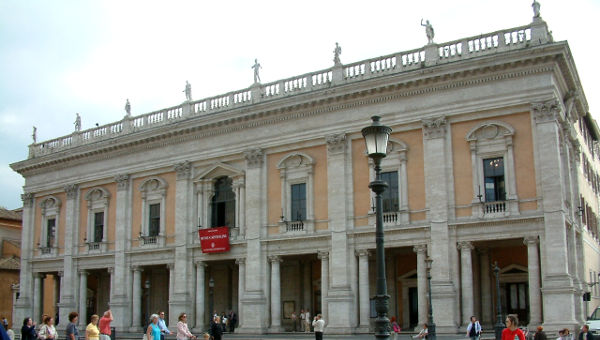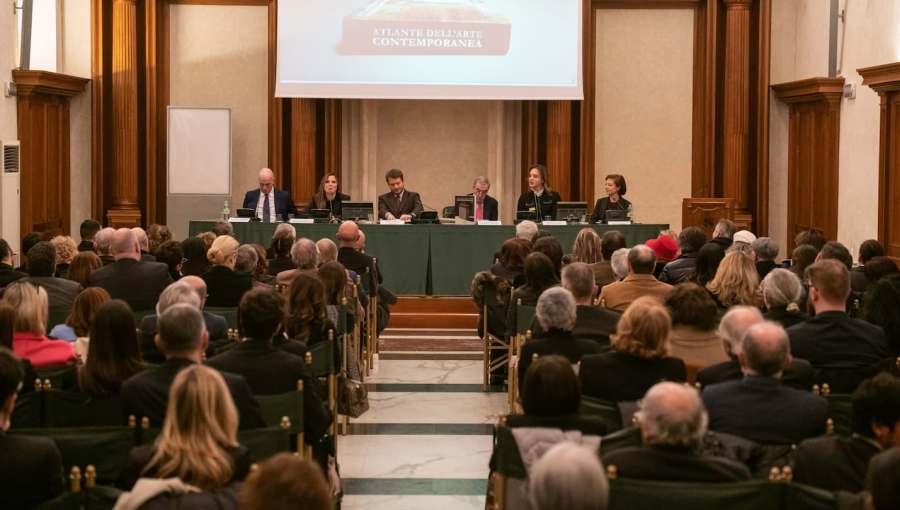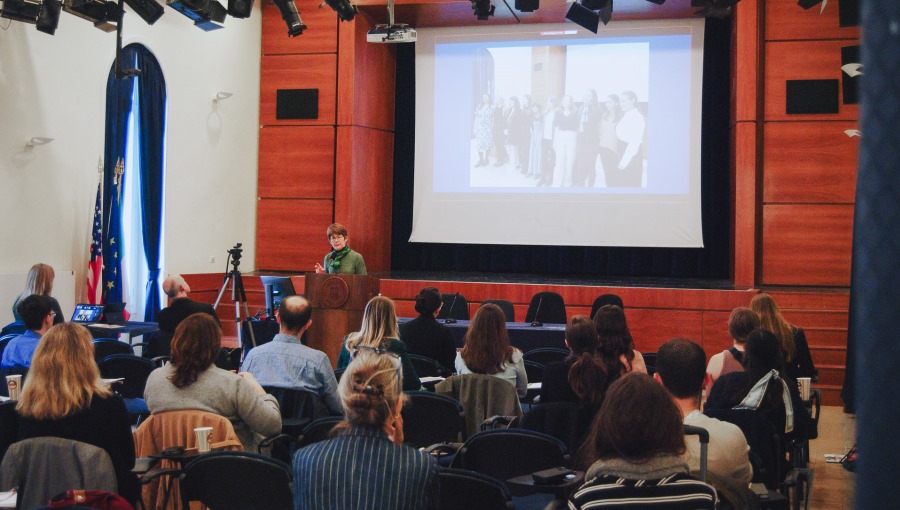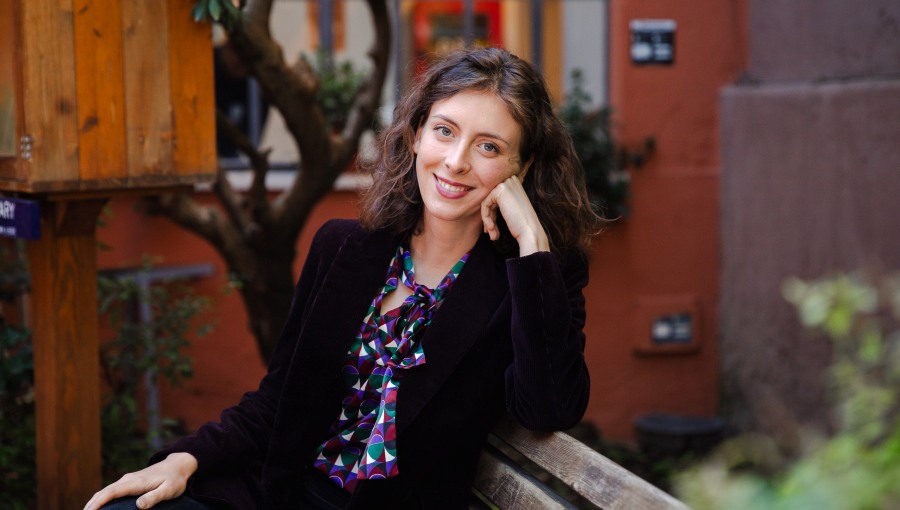JCU Welcomes Antonella Magagnini, Director of Rome's Capitoline Museums
On May 9, 2017, Antonella Magagnini, Director of the Capitoline Museums, shared her professional experience with the students of JCU’s Continuing Education Program “Management and Digitalization of Cultural Heritage,” held in partnership with Verderame Progetto Cultura. Her presentation focused on the development of the Capitoline Museums as a cultural institution. She also illustrated the Museums’ new managerial approach, aimed at creating a more dynamic organization.
The Capitoline Museums were the first public museums in the world. They were founded in 1471 by Pope Sixtus IV, who donated a collection of bronze statues from the Lateran Palace for the people of Rome to admire. From 1471 onward, the Capitoline Museums’ collection grew larger and larger thanks to the donations of other Popes. In the XVIII century, it became necessary to place the newly acquired artworks in two additional buildings: Palazzo Nuovo and the Pinacoteca Capitolina. One of the latest, most relevant collections added to the Museums was the Castellani one, donated by a private collector in the second half of the XIX century.
Up to the 1970s, the main purpose of the Capitoline Museums was to preserve its art collection. The Museums were only open until 1:00 PM, and closed on holidays. There were not enough employees and they were not appropriately trained. Moreover, there were no didactic tools or informative materials to guide the visitors through the collections in the Museums, and there was no bar or restaurant. As explained by Magagnini, there is a big difference between the old way of managing the Museums, which was limited to the conservation of cultural heritage, and its modern dynamic organization.
In the 1990s, legislative reforms stimulated cultural institutions to focus on customer satisfaction. Museums started to be seen as services, and culture as something economically valuable. For this reason, it became clear that it was important to promote and improve cultural institutions, including the Capitoline Museums. In order to attract more and more visitors, as well as new funds, the Museums had to offer higher quality services. Therefore, the Capitoline Museums have been working on the continuous improvement of their facilities and services as well as making sure that their employees are well-trained.
Prof. Salvatore, Director of the Center for Career Services and Continuing Education, stressed the importance of Magagnini’s presentation, which brought to light all the work and effort behind the success of such an impressive cultural institution as the Capitoline Museums.






